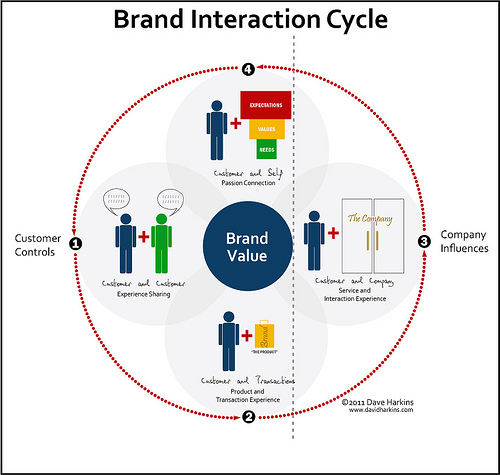The world of marketing is constantly changing, especially with new definitions and approaches. The latest is “experiential marketing”, which is basically about interacting with your customer. In light of the pervasive suspicion of traditional advertising (e.g. TV, print and radio) these days, consumers prefer to experience a product or service in the context of how they would use it in their everyday lives.
While the concept of engaging your customer to try and/or use a product or service is not new, there are two driving forces that make experiential marketing more relevant today as an essential tool for building brand equity:
Emotional Branding – Brand development has evolved from functional to emotional branding. The key to successful branding is to create and nourish a relationship with your customer. It starts with a customer centric brand positioning that includes a distinctive personality and emotional benefits that are important to the target customer. Once tested and established, this should be used as a compass for guiding all marketing initiatives, especially in experiential marketing. Communicating emotions like brand trust, comfort, and credibility is critical for making any kind of customer experience more meaningful, memorable, and certainly worthwhile enough to share with friends online. Related to this, “experiential branding” is about creating and driving sensory interactions with the customer that involve these feelings, which will emotionally influence their preferences, shape their perception of the brand, and affect their satisfaction and loyalty.

Digital Marketing – The other factor making experiential marketing more effective for developing this connection with customers is the interactive capabilities of social media and other forms of digital marketing. Today we can segment more efficiently, learn more about our customers’ desires and passions, and as a result develop more relevant, compelling content to engage them. While traditional marketing may have advantages (e.g. especially TV) to communicate emotions, the interaction of digital marketing allows customers to feel empowered and more likely to want to experience a product or service, especially on their own terms. Most consumers today do research online before purchasing, including seeking advice from friends who have experienced the product/service, so more and more websites and apps are designed to provide a distinct type of experience.
Traditionalists might claim that experiential marketing is simply a form of sampling, sponsorship, or event marketing. While still important, these two drivers make this experiential marketing practice so much more effective for building customer loyalty and brand equity today. Focusing consistently on the core emotional benefits of the brand’s value proposition is essential when using all traditional and interactive forms of communication. By actually experiencing a product or service, the customer can better determine if it is delivering on both the rational and emotional promises, which is basic for judging the value of a product. Car dealerships like Lexus that loan cars out to customers when their cars are being repaired, is a good example of offering a chance to “experience” life in a new car in their own personal lifestyle and environment.
Experiential marketing reflects the growing importance of emphasizing emotions to build successful brands and the expanding opportunities from digital media. It represents a refreshing improvement for all marketers, and so it is definitely worth considering.





